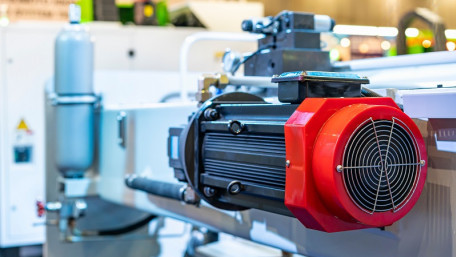
Many online sources explain how to reverse a 3-phase motor; this article will discuss the electrical principles that define why it works and how the phase…
Many online sources explain how to reverse a 3-phase motor; this article will discuss the electrical principles that define why it works and how the phase relationships determine the rotation direction.
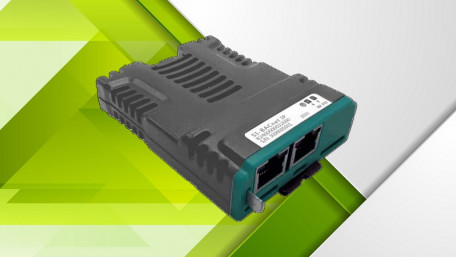
Nidec’s Control Techniques has launched the SI-BACnet IP add-on module for new and existing HVAC drives to help…
Nidec’s Control Techniques has launched the SI-BACnet IP add-on module for new and existing HVAC drives to help communicate between devices and create a connected automated building.
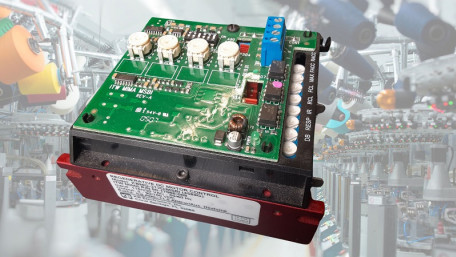
Although DC motor technology has a strong legacy, control strategies vary from simple to complex. Designs must consider…
Although DC motor technology has a strong legacy, control strategies vary from simple to complex. Designs must consider not just the motor, but also the electrical supply and the environment.
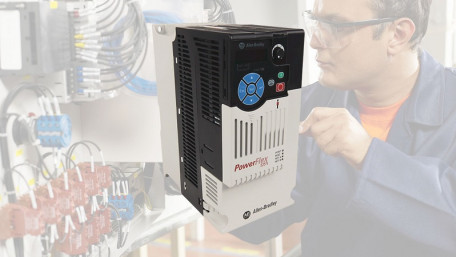
Parameters control the operation and command sources for VFDs. The PowerFlex series from Rockwell Automation is no…
Parameters control the operation and command sources for VFDs. The PowerFlex series from Rockwell Automation is no exception. Learn how to adjust the parameters for networking and IP configuration.
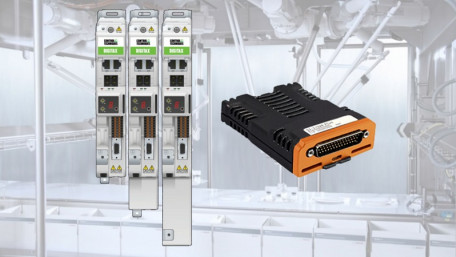
Expanding motor drives with I/O is a cost-effective way of increasing local control without burdening the control system.…
Expanding motor drives with I/O is a cost-effective way of increasing local control without burdening the control system. Control Technique’s new SI-I/O 24 Plus expands I/O right on the drive unit.
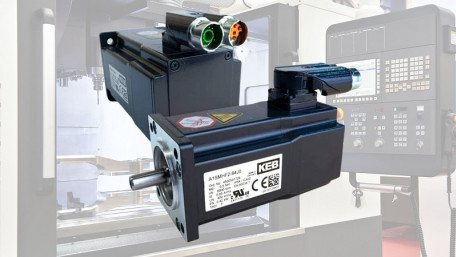
Learn how to control servo motors from a PLC using Allen-Bradley servos and Rockwell Automation’s Studio 5000 using a…
Learn how to control servo motors from a PLC using Allen-Bradley servos and Rockwell Automation’s Studio 5000 using a simple-to-understand method.
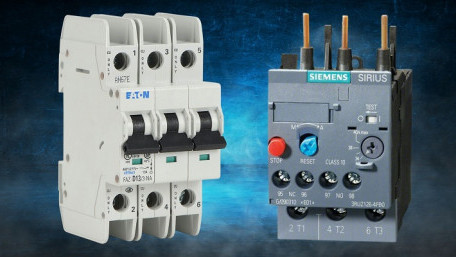
We know what a circuit breaker is meant to do: stop the flow of electricity in case of a fault or failure. But just like…
We know what a circuit breaker is meant to do: stop the flow of electricity in case of a fault or failure. But just like fuses, breakers and overloads respond differently depending on the load.
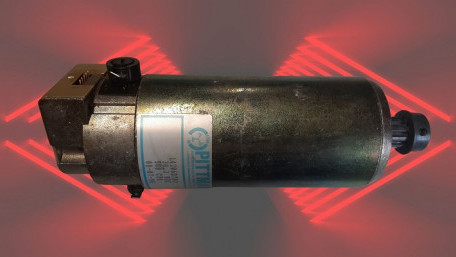
Servo motors are common in all kinds of motion control applications for various industries, but what are these devices,…
Servo motors are common in all kinds of motion control applications for various industries, but what are these devices, and what makes them different from standard AC or DC motors?
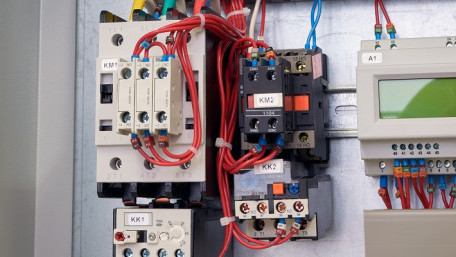
This article investigates the basic components and wiring conventions for common three-phase motor starter…
This article investigates the basic components and wiring conventions for common three-phase motor starter configurations, including direct online, reversing, and star-delta.
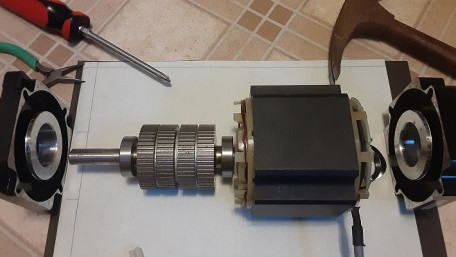
When the angle or distance of motion is more important than speed and power, certain motors shine brighter, like…
When the angle or distance of motion is more important than speed and power, certain motors shine brighter, like steppers, named for the individual steps they take when control voltage is applied.
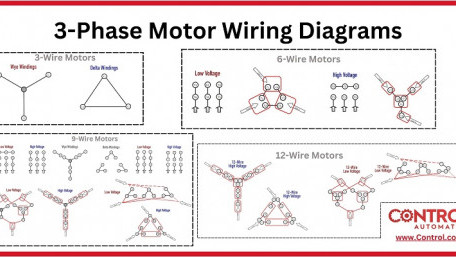
Compete wiring diagram guide for 3-wire, 6-wire, 9-wire, and 12-wire three-phase motors used for industrial automation.
Compete wiring diagram guide for 3-wire, 6-wire, 9-wire, and 12-wire three-phase motors used for industrial automation.
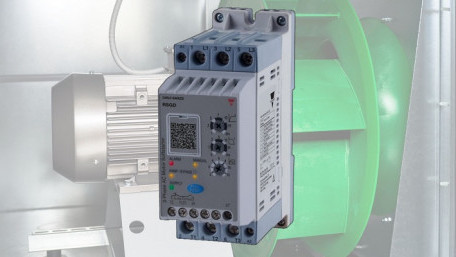
Controlling the startup of a motor not only reduces the wear on the motor, but eases the burden on the electrical supply,…
Controlling the startup of a motor not only reduces the wear on the motor, but eases the burden on the electrical supply, reducing infrastructure demands and the running cost of industrial loads.
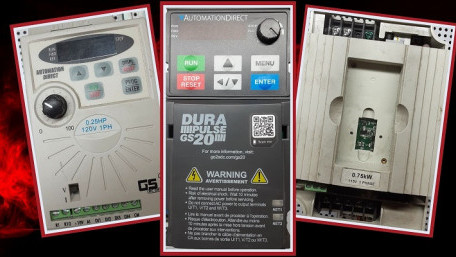
When we need to change the speed of an industrial motor, whether to control a process or save energy costs, we turn to…
When we need to change the speed of an industrial motor, whether to control a process or save energy costs, we turn to the variable frequency drive, better known simply as a VFD.
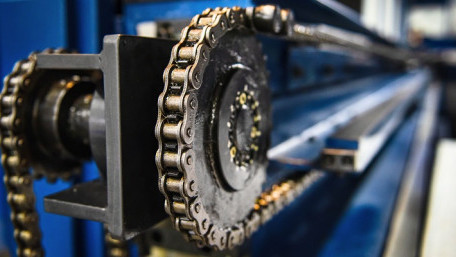
In the world of mechanical power transmission, gears, belts, and chains dominate the landscape, but what's so special…
In the world of mechanical power transmission, gears, belts, and chains dominate the landscape, but what's so special about chain drives, and why would they be used in place of rubber belts?
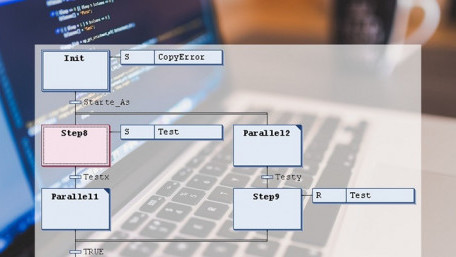
Sequential function charts (SFCs) are a great tool when processes require sequence control, but things can get…
Sequential function charts (SFCs) are a great tool when processes require sequence control, but things can get complicated fast. Here are some ways to create better SFC programs and applications.
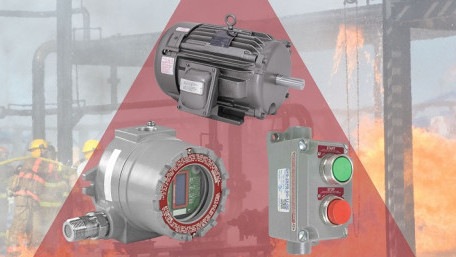
Some workplaces are more dangerous than others, not because of the practices, but rather the products. Where do…
Some workplaces are more dangerous than others, not because of the practices, but rather the products. Where do explosions occur, and what practices exist to reduce such risk for equipment and workforce?
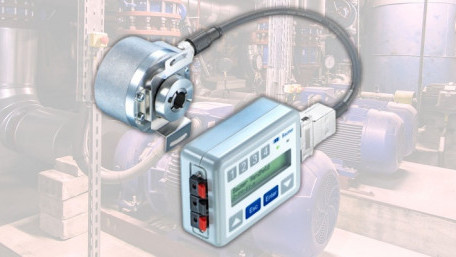
Programmable encoders provide engineers real flexibility to adjust process parameters. From operating theory to…
Programmable encoders provide engineers real flexibility to adjust process parameters. From operating theory to programming methods, here’s everything you need to know to begin leveraging these handy devices.
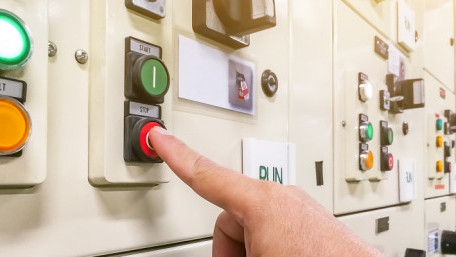
Driving motors is one of the most fundamental automation tasks, but understanding and selecting the proper motor soft…
Driving motors is one of the most fundamental automation tasks, but understanding and selecting the proper motor soft starter for your application may require more investigation than you thought.
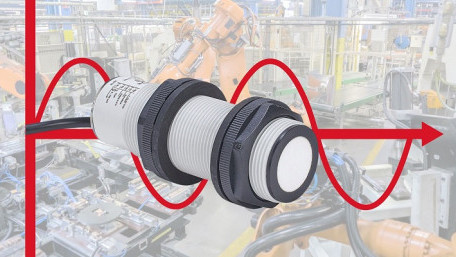
Many articles address the wiring and implementation of analog control signals, but where are they used, and what might…
Many articles address the wiring and implementation of analog control signals, but where are they used, and what might make them a better (or perhaps worse) decision than digital input/output devices?
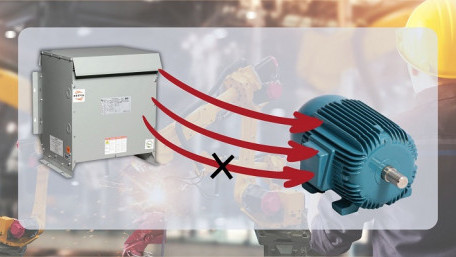
Using the right motor for the right task is critical - but what happens if the motor is connected to the wrong supply? It…
Using the right motor for the right task is critical - but what happens if the motor is connected to the wrong supply? It is never recommended, but important to quickly understand symptoms of incorrect wiring.
